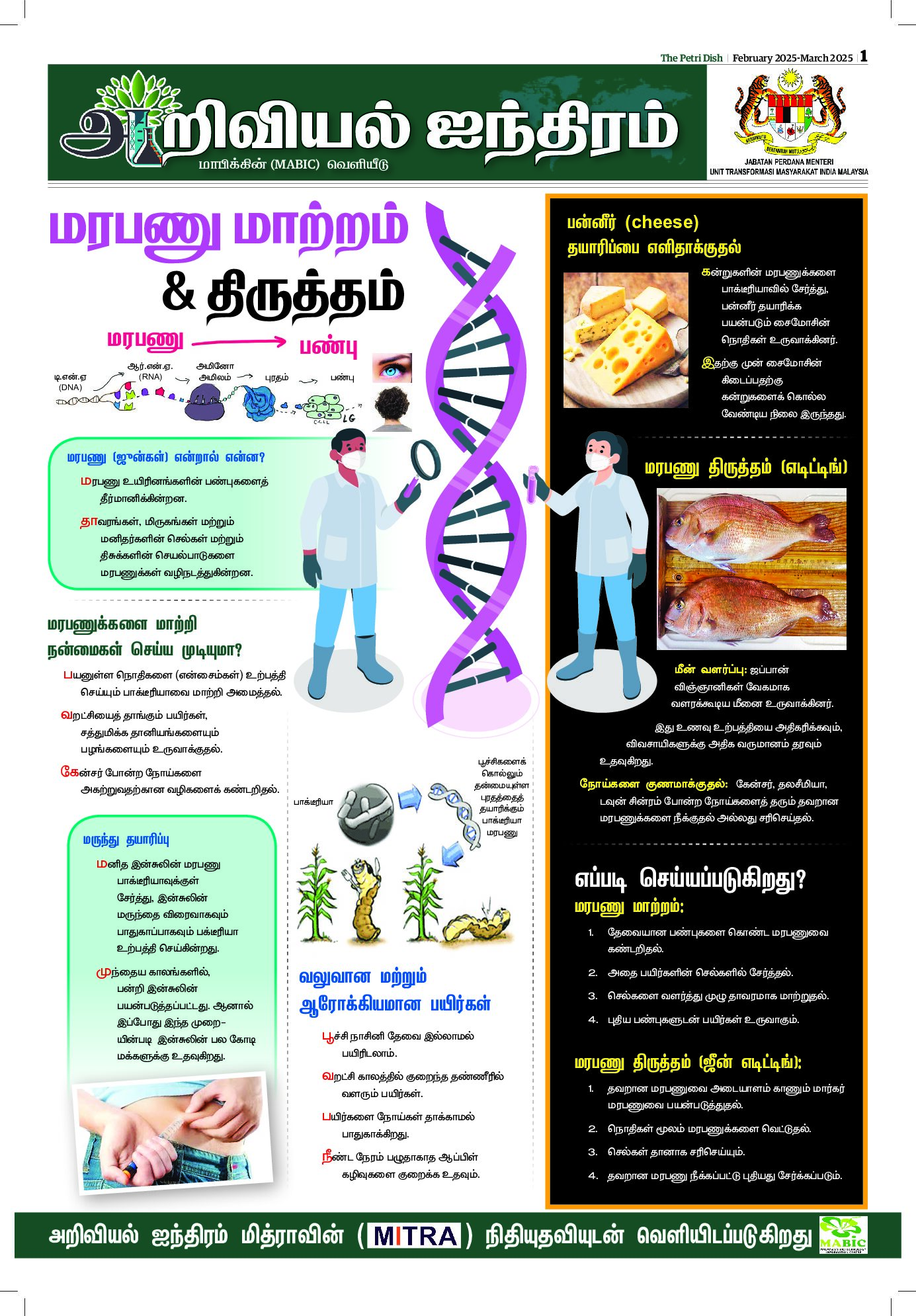On the Dec 31 every year, people around the world will gather to celebrate New Year’s Eve and enjoy the dazzling, shimmering and glittering fireworks display in the sky.
Fireworks teach us some interesting physics and chemistry, so let’s explore how they work. An exploding firework is essentially a number of chemical reactions happening simultaneously or in rapid sequence. When you add some heat, you provide enough activation energy (the energy that kick-starts a chemical reaction) to make solid chemical compounds packed inside the firework combust (burn) with oxygen in the air and convert themselves into other chemicals, releasing smoke and exhaust gases such as carbon dioxide, carbon monoxide, and nitrogen in the process.
For example, this is one of the chemical reactions that might happen when the main gunpowder charge burns:
2KNO3 (potassium nitrate) + S (sulfur) + 3C (carbon in charcoal form) → K2S (potassium sulfide) + N2 (nitrogen gas) + 3CO2 (carbon dioxide)
What makes the different colours in fireworks? That’s chemistry too. Fireworks get their colour from metal compounds (also known as metal salts) packed inside.You probably know that if you burn metals in a hot flame (such as a Bunsen burner in a school laboratory), they glow with very intense colours — that’s exactly what happens in fireworks. Different metal compounds give different colours. Sodium compounds give yellow and orange, for example, copper and barium salts give green or blue, and calcium or strontium let of red.
Physics also explains why a firework shoots into the air. The charge is little more than a missile. As it burns, the firework is powered by action-and-reaction (also known as Newton’s third law of motion) in exactly the same way as a space rocket or jet engine.
When the powder packed into the charge burns, it gives off hot exhaust gases that fire backward. The force of the exhaust gases firing backward is like the blast coming out from a rocket engine – an equal and opposite “reaction” force that sends the firework shooting forward up into the air.














